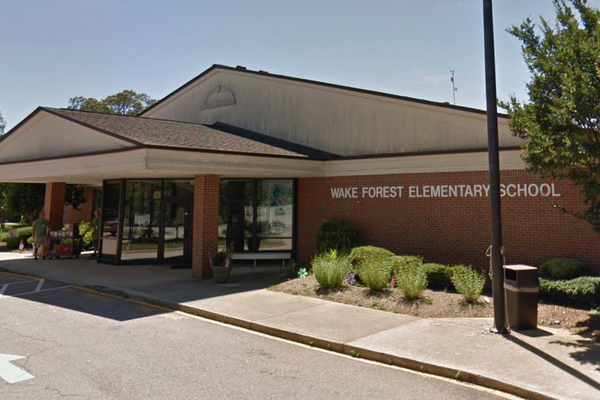
When you’re young, the savings strategy is pretty simple. Create a small emergency fund and put most of your money into equities. Stocks, real estate, crypto, and other investments can grow at a faster rate than the cash in your savings account.
Learn More: ‘You’ll Run Out of Money in 20 Years’ — Why Retirees Are Rethinking Their Savings Strategy
Consider This: 7 Luxury SUVs That Will Become Affordable in 2025
However, savings strategies change as people get older and their financial situations change. Middle-class retirees often have less volatility and more cash flow from their investments. They may also want some growth in their nest egg so they can benefit from any market upswings.
Luckily, there is a solid savings strategy that middle-class retirees can use to capitalize on growth, low volatility, and cash flow.
The Bucket Strategy
Yehuda Tropper, CEO at Beca Life Settlements, suggests the bucket strategy for middle-class retirees. This approach divides your money into three key areas.
“You keep one to three years of spending in cash, your medium-term spending in intermediate-term bonds and some portion in equities for growth,” Tropper explained.
To take the bucket strategy a step further, you can put your cash into a high-yield savings account. You can find some very competitive rates if you compare online banks, since these financial institutions have fewer overhead costs.
Middle-class retirees can consider putting their medium-term spending funds into certificates of deposit (CDs) to lock in high APYs for a few years. Then, it comes down to which ETFs and individual stocks you want to include in your portfolio.
Check Out: Extreme Frugality in Retirement — 15 Practical Ways To Cut Costs
Why the Strategy Works
Putting most of your assets into a savings account, bonds and CDs will reduce your portfolio’s volatility and secure high cash flow. Middle-class retirees don’t have as much time for their stocks to recover during a downturn. However, if their remaining stocks represent funds they don’t have to touch for at least five years, it’s easier to stay invested.
Meanwhile, a high-yield savings account, bonds and CDs provide predictable income. You can calculate your monthly expenses based on how much income you expect to generate from these financial products.
It’s still good to have some exposure to equities since these assets can help you overcome inflation. If one of your stocks takes off, it can give you more flexibility in retirement.
Challenges to the Strategy
The bucket strategy doesn’t work well in periods with high inflation, but almost any savings strategy will falter to a degree if inflation is high. That’s because stocks usually go down if inflation is above 3%, and fixed-income investments may not stay above a high inflation rate.
It’s also important to consider that all of the cash flow you generate from a high-yield savings account, bonds and CDs is treated as ordinary income. You will have to pay taxes on your funds at a rate that is less favorable than long-term capital gains taxes.
Investors also have to watch out for ETF fees if they continue to invest in equities. However, there are plenty of top-performing passive ETFs that have expense ratios below 0.10%.
Bonus Tip To Maximize the Bucket Strategy
The bucket strategy can give you a good start, but you can maximize your cash flow by prolonging your access to Social Security. Tropper offered a suggestion for people who want to bridge the gap from now until they reach 70.
“Delay claiming Social Security until age 70 and finance the gap with a five-year Treasury ladder. The scheduled bond maturities help pay your living costs while each year you defer [Social Security] raises your benefit by about 8% plus inflation,” Tropper explained.
A savings strategy shouldn’t revolve entirely around Social Security. However, the bucket strategy will provide some cash flow and a diversified portfolio. Holding out until you turn 70 will result in larger Social Security paychecks that make it easier to keep up with expenses.
More From GOBankingRates
- 5 Luxury SUVs That Will Have Massive Price Drops in Fall 2025
- I Help People Retire Every Day -- Here's the Most Common Retirement Mistake People Make
- How Much Money Is Needed To Be Considered Middle Class in Your State?
- 7 Ways To Tell If You're Rich or Middle Class -- It's More Than Your Paycheck
This article originally appeared on GOBankingRates.com: The Saving Strategy That Actually Works for Middle-Class Retirees







